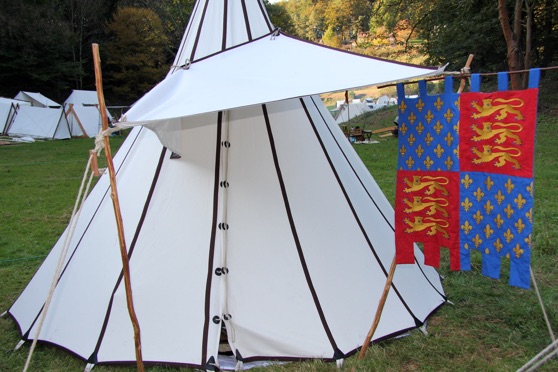Bow primer - Knowledge base


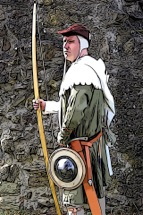
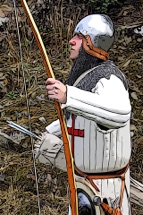








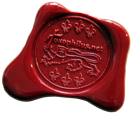
Coat of arms of England in the Hundred Years War
At the battle of Crécy on 26.08.1346, the coat of arms with the additional lilies was certainly new to many people. Since 1195, when Richard I, who was also called Richard the Lionheart, added a third one to the two Norman leopards, the English kings have used the coat of arms with the three golden leopards striding across a red field.
Now you're probably wondering, leopards? Since they are striding lions with their gaze turned towards the observer, in the language of heraldry they are "leopards". However, in general language the three heraldic animals are usually called "lions" (English Three Lions).
Presumably the coat of arms with the leopards is derived from William the Conqueror, who in his Norman homeland was called the "Bastard", who as Duke of Normandy had led two leopards on a red background.
King Edward III introduced the new four-part coat of arms of England when he proclaimed himself King of France in Ghent on 26 January 1340. It is intended to demonstrate his claim to the French crown and shows the golden lilies of France scattered over a blue field in the first and fourth quarters and the old English coat of arms in the second and third quarters. Here you can see the old and new version of Wikipedia:
Sodacan, Royal Arms of England (1340-1367), CC BY-SA 3.0
His eldest son, Edward of Woodstock, the Prince of Wales (The Black Prince), shows the new coat of arms of England with the leopards and lilies, over which a white tournament collar - a narrow cross band with bibs pointing downwards - is placed. Only the king himself bears the coat of arms of England without an accompanying sign.
File:Coat of Arms of the Prince of Wales (Ancient).svg: Sodacan derivative work Sodacan, Arms of the Prince of Wales (Ancient), CC BY-SA 3.0
The coat of arms of England, which Henry V has borne since 1399, underpins his claim to the French crown from his ancestors. The number of lilies was reduced to three in 1406 in order to adapt the representation to the modern French coat of arms.
Sodacan This W3C-unspecified vector image was created with Inkscape., Royal Arms of England (1399-1603), CC BY-SA 3.0
How did the coats of arms look historically correct?
The versions shown above do not correspond 100% to the original. On contemporary pictures you can see the differences in the lilies. There may also have been differences in the lions. Get a picture about it in my gallery.
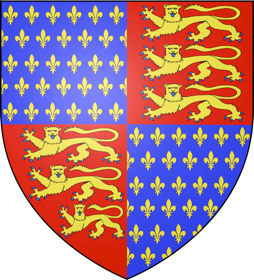
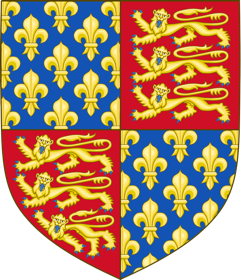
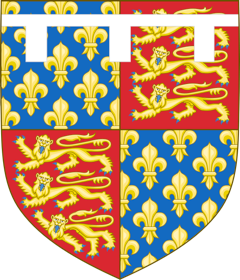
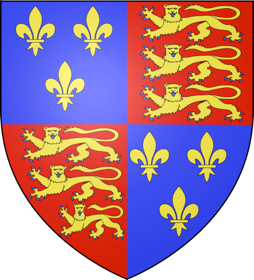
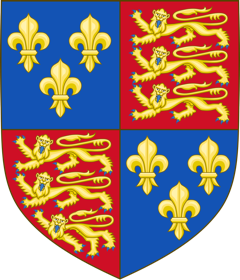
Reconstruction with modern means
The coat of arms of King Edward III, was made with an embroidery machine and the old version of Wikipedia. Here you can see a small video and a photo.
Sources
Krähen über Crécy, Dr. Johan Baier, ISBN 978-3-93892114-2, Seiten 81,82, 126
Die Schlacht bei Agincourt, Dr. Johann Baier, ISBN 3-9388921-01-3, Seite 20
https://de.wikipedia.org/wiki/Wappen_Englands
